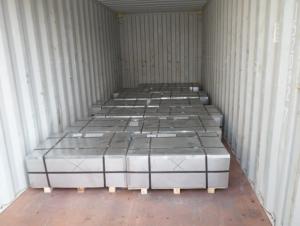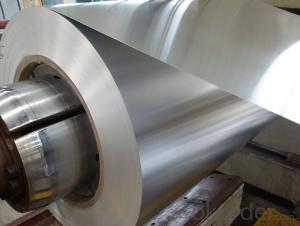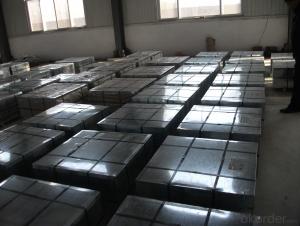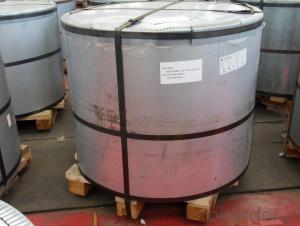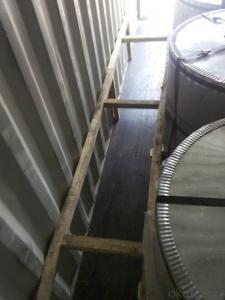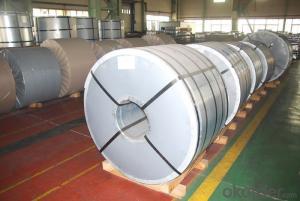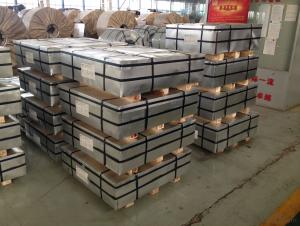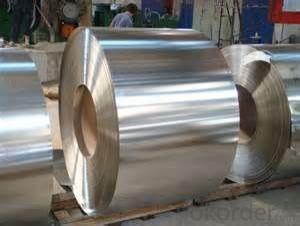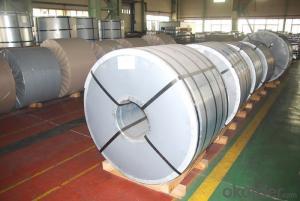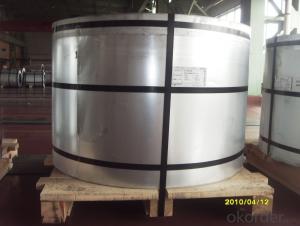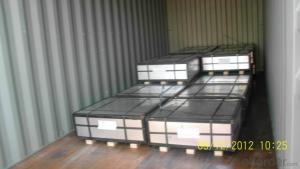Nicomet Tinplate
Nicomet Tinplate Related Searches
4 By 8 Plastic Sheets Thin Plastic Sheets Flexible Tinplate Coil Quotes Tinplate Iron Clear Plastic Sheets Hard Plastic Sheets 4X8 Lightweight Plastic Sheets Wavy Plastic Sheets White Plywood Sheets Poly Styrene Foam SheetsHot Searches
Tinplate China Tinplate Stock Price Tata Tinplate Price List Tinplate Price Trend Tinplate Nse Share Price Tinplate Price Chart Tinplate Share Price Nse Tata Tinplate Share Price Tinplate Share Price Today Tinplate Share Price Bse Tinplate Price Tinplate Share Price Tinplate Coil Manufacturers Tinplate Sheet Suppliers Food Mixer Sale Tinplate Factory Tinplate Production Tinplate Products Ltd Tinplate Products Tinplate Can ManufacturersNicomet Tinplate Supplier & Manufacturer from China
Okorder.com is a professional Nicomet Tinplate supplier & manufacturer, offers integrated one-stop services including real-time quoting and online cargo tracking. We are funded by CNBM Group, a Fortune 500 enterprise and the largest Nicomet Tinplate firm in China.Hot Products
FAQ
- Yes, tinplate is generally considered safe for contact with skin. It is commonly used in various products, such as jewelry, cosmetics, and packaging, without causing any significant harm or irritation to the skin. However, some individuals may have specific allergies or sensitivities to tin, so it is always advisable to check for any potential reactions before prolonged or extensive contact.
- Some of the main challenges in tinplate manufacturing include ensuring consistent quality and uniform coating thickness, managing the complex process of tin coating application, minimizing production costs without compromising product integrity, and meeting environmental regulations related to waste disposal and emissions control. Additionally, maintaining efficient supply chain management and addressing the increasing demand for sustainable packaging solutions are also significant challenges in tinplate manufacturing.
- Tinplate packaging generally has a higher sustainability profile compared to plastic packaging. Tinplate is a recyclable material that can be reused multiple times without losing its properties. It has a low carbon footprint, as it requires less energy to produce compared to plastic. Additionally, tinplate can be easily separated from other waste during recycling processes, making it more efficient for recycling systems. On the other hand, plastic packaging often ends up in landfills or as litter, taking hundreds of years to decompose and causing environmental harm. However, it is important to note that the sustainability of tinplate packaging also depends on factors like the energy source used during production and recycling rates in a particular region.
- The main challenges in recycling tinplate include separating tinplate from other materials, such as paper or plastic coatings, as well as removing any remaining food or product residues. Additionally, the tin coating on tinplate can pose challenges during the recycling process, as it needs to be separated and recovered for reuse. Finally, ensuring a consistent supply of tinplate for recycling can be a challenge due to fluctuations in consumer demand and collection efforts.
- Yes, tinplate can be used for coffee or tea packaging. Tinplate is a durable and food-safe material that provides excellent protection against moisture, light, and oxygen, making it an ideal choice for preserving the quality and freshness of coffee or tea. Additionally, tinplate can be easily shaped and printed on, allowing for attractive and customized packaging designs.
- Tinplate contributes to the overall aesthetics of packaging by providing a sleek and shiny appearance. Its smooth surface allows for vibrant and high-quality printing, enhancing the visual appeal of the packaging. Additionally, tinplate's durability and ability to maintain its shape and color over time add to the overall attractiveness of the packaging, making it eye-catching and desirable to consumers.
- Tinplate packaging provides a sturdy and durable barrier that helps protect products against pests. Its tight seal and resistance to punctures and tears prevent pests, such as insects and rodents, from accessing the packaged goods. Additionally, tinplate's non-toxic nature and impermeability to moisture and air also discourage pests, as they are unable to detect or reach the contents within. Overall, tinplate packaging plays a vital role in safeguarding products from pest infestation, ensuring their quality and integrity.
- Tinplate packaging contributes to product protection against leakage primarily due to its durable and corrosion-resistant properties. The tin coating on the steel substrate prevents any contact between the product and the surrounding environment, minimizing the risk of leakage. Additionally, tinplate packaging is often manufactured using advanced sealing techniques, ensuring airtight and leak-proof closures. Overall, the robust nature of tinplate packaging serves as a reliable barrier, safeguarding the product from potential leakage and preserving its quality.


















